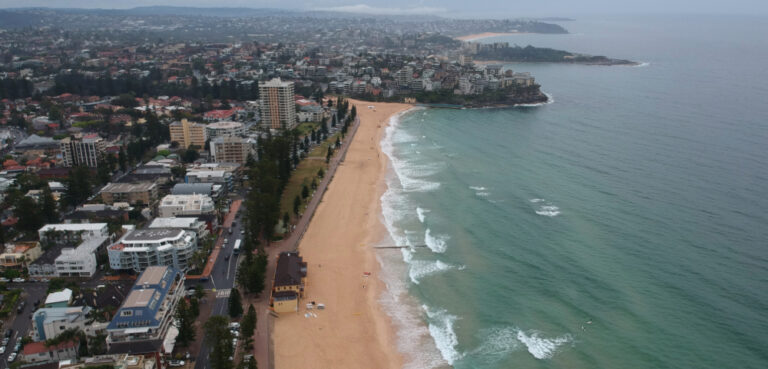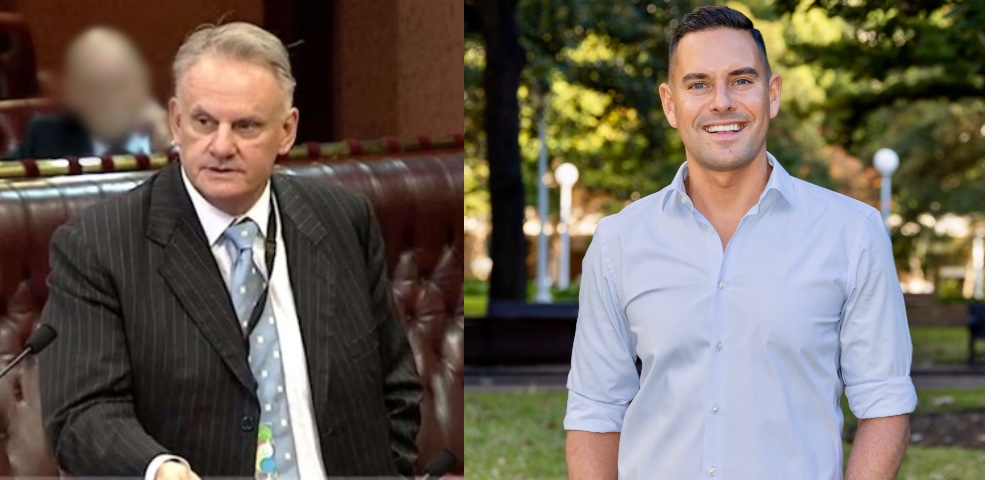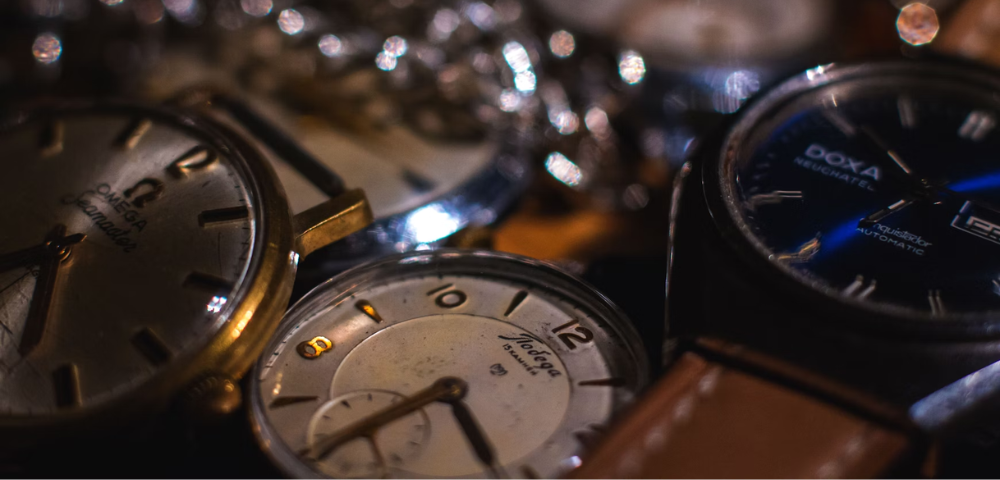
Camouflaging the country
The once secret story of a group of professionals who helped shape the Australian military and civilian landscape in World War II is finally revealed.
Author and Sydney College of the Arts lecturer Ann Elias wrote her book, Camouflage Australia: art, nature, science and war, after becoming intrigued by the efforts of the Sydney Camouflage Group and the ability of citizens to transform themselves into camouflage labourers, designers and field officers during the war.
The book tells the story of zoologist William Dakin, photographer Max Dupain, architect Leslie Wilkinson, artist Frank Hinder, art patron Sydney Ure Smith and others who came together in 1939 to form the group.
Ms Elias said she became interested in how the war affected the work of the artists after beginning the study in 2002.
“During my research I soon realised there was a fascinating crossing of boundaries between art, natural history, military history and social politics,” she said.
“And my interest then broadened to look at the impact of war on artists.”
The book gives an insight into the idea of zoologist Mr Dakin and leading artists and designers to deploy optical tricks and visual illusions for civilian military protection, which was adopted by the Australian government at the time.
With previously unpublished photographs and documents, Camouflage Australia tells the story of collaborations between civilian and military personnel which shaped the history of World War II in Australia.
Ms Elias said: “Like surrealist art, camouflage is designed to unsettle the senses and subvert the authority of vision.”
The University of Sydney grounds were used to test concealment and deception methods as both William Dakin and Leslie Wilkinson were staff at the institution. Mr Dakin’s office in the Zoology Department was also used as a camouflage laboratory.
The group’s leader, Mr Dakin, was not involved in the military but was a student of camouflage in animals. He inspired people with his idea of warfare and camouflage as being a basic animal-like demand to survive.
The majority of the group’s members became official camouflears with the Department of Home Security after July 1941.
Photos: Max Dupain









